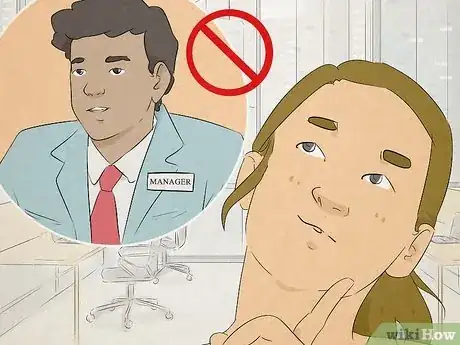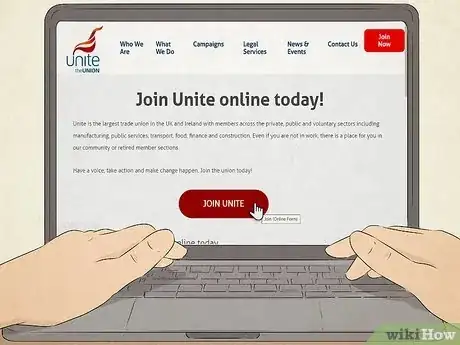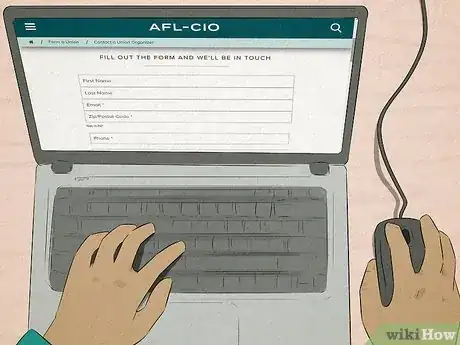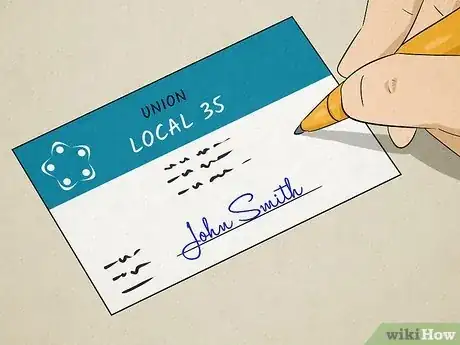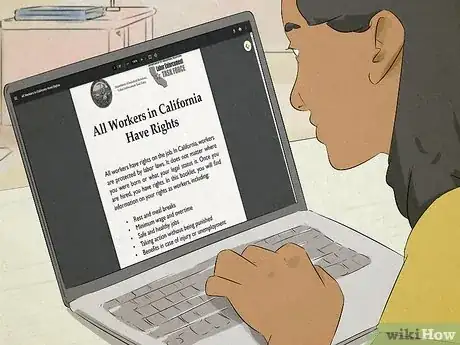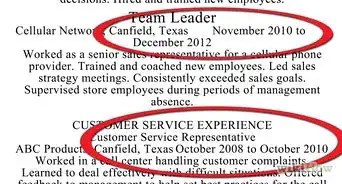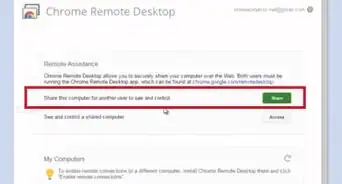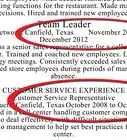This article was co-authored by wikiHow staff writer, Eric McClure. Eric McClure is an editing fellow at wikiHow where he has been editing, researching, and creating content since 2019. A former educator and poet, his work has appeared in Carcinogenic Poetry, Shot Glass Journal, Prairie Margins, and The Rusty Nail. His digital chapbook, The Internet, was also published in TL;DR Magazine. He was the winner of the Paul Carroll award for outstanding achievement in creative writing in 2014, and he was a featured reader at the Poetry Foundation’s Open Door Reading Series in 2015. Eric holds a BA in English from the University of Illinois at Chicago, and an MEd in secondary education from DePaul University.
There are 14 references cited in this article, which can be found at the bottom of the page.
wikiHow marks an article as reader-approved once it receives enough positive feedback. In this case, 100% of readers who voted found the article helpful, earning it our reader-approved status.
This article has been viewed 377,965 times.
Learn more...
Through their collective strength, unions can improve wages, work hours, employee benefits, workplace health, and safety. If you think that you and your coworkers would benefit from a union, rest assured that you’re protected by the National Labor Relations Act of 1935, which means that your employer cannot penalize or fire you for trying to do this.[1] Still, there is a lot that can go into organizing, so we’ll break it down for you. Read on to learn everything you need to know about creating a union.
Things You Should Know
- Your employer cannot penalize you for trying to unionize your workplace so long as you do it outside of work hours and off of company property.
- Join a preexisting union, or start a brand-new union from scratch.
- Hold an informal vote to unionize. If 30% or more agree, contact the NLRB to formalize a vote. Then, if 50% + 1 agree, your union is legal!
- There are no minimum sizes for a union. If a company has 2 employees, those 2 employees can form a union.
Steps
Community Q&A
-
QuestionCan I have a union with 5 employees? What if there are only three that wan to join, and the place of work is a non-profit organization?
 Community AnswerUnder U.S. Labor Law, a workplace needs to have two or more employees. If a majority wants it, and the majority votes it in during an NLRB supervised election, the majority wins. For-profit or non-profit status of the organization does not matter. It only matters that you are an employee of that organization.
Community AnswerUnder U.S. Labor Law, a workplace needs to have two or more employees. If a majority wants it, and the majority votes it in during an NLRB supervised election, the majority wins. For-profit or non-profit status of the organization does not matter. It only matters that you are an employee of that organization. -
QuestionHow small is too small to join a union?
 Community AnswerAs a trade union member from the UK I am happy to answer this question! No workplace is to small to be part of a union, even if it's a one person operation. When you become part of a union, you are joining a fellowship of working men and women that may be spread across many different companies and locations, in many different situations. I would highly recommend joining a union to anyone, all you need to do is find the union that is applicable to your type of work in your area and contact them. It's really easy, and very worthwhile.
Community AnswerAs a trade union member from the UK I am happy to answer this question! No workplace is to small to be part of a union, even if it's a one person operation. When you become part of a union, you are joining a fellowship of working men and women that may be spread across many different companies and locations, in many different situations. I would highly recommend joining a union to anyone, all you need to do is find the union that is applicable to your type of work in your area and contact them. It's really easy, and very worthwhile. -
QuestionWhere can I get union cards?
 Community AnswerThat depends on the business you work in. Find the type of union that fits your workplace, and their local office should provide you with cards.
Community AnswerThat depends on the business you work in. Find the type of union that fits your workplace, and their local office should provide you with cards.
References
- ↑ https://www.nlrb.gov/about-nlrb/rights-we-protect/the-law
- ↑ https://www.dol.gov/general/workcenter/union-advantage
- ↑ https://www.nlrb.gov/strikes
- ↑ https://www.reprojobs.org/blog/unionfaq
- ↑ https://www.reprojobs.org/blog/unionfaq
- ↑ https://www.worker.gov/form-a-union/
- ↑ https://www.vox.com/2015/4/17/8443405/how-to-start-a-union
- ↑ https://aflcio.org/about-us
- ↑ https://calaborfed.org/union-organizing/majority_sign-up_or_card_check/
- ↑ https://www.nlrb.gov/about-nlrb/rights-we-protect/the-law/employees/your-right-to-form-a-union
- ↑ https://www.nlrb.gov/about-nlrb/rights-we-protect/the-law/employees/your-right-to-form-a-union
- ↑ https://www.nlrb.gov/about-nlrb/rights-we-protect/your-rights/employer-union-rights-and-obligations
- ↑ https://www.dol.gov/general/workcenter/unions-101
- ↑ https://www.nlrb.gov/about-nlrb/rights-we-protect/the-law/employees/your-right-to-form-a-union
- ↑ https://www.nlrb.gov/sites/default/files/attachments/pages/node-184/steps-to-forming-a-union-final-412.pdf
- ↑ https://www.nlrb.gov/about-nlrb/rights-we-protect/the-law/employees/your-rights-during-union-organizing
- ↑ https://www.odelllaw.com/fired-for-wanting-to-unionize/
About This Article
To unionize your workplace, start by contacting the local union you'd like to join for support. Then, speak to your fellow workers to gauge interest in unionizing, but avoid discussing this with management since they may oppose it. To strengthen your campaign, gather information about other workers in your industry who are unionized so you have a model for your own organization and contact supportive politicians. Finally, campaign to get at least 30 percent of the workforce to sign authorization cards, then petition the NLRB to hold an official union election. To find out more about negotiating contracts and combatting myths about unions, read on!


